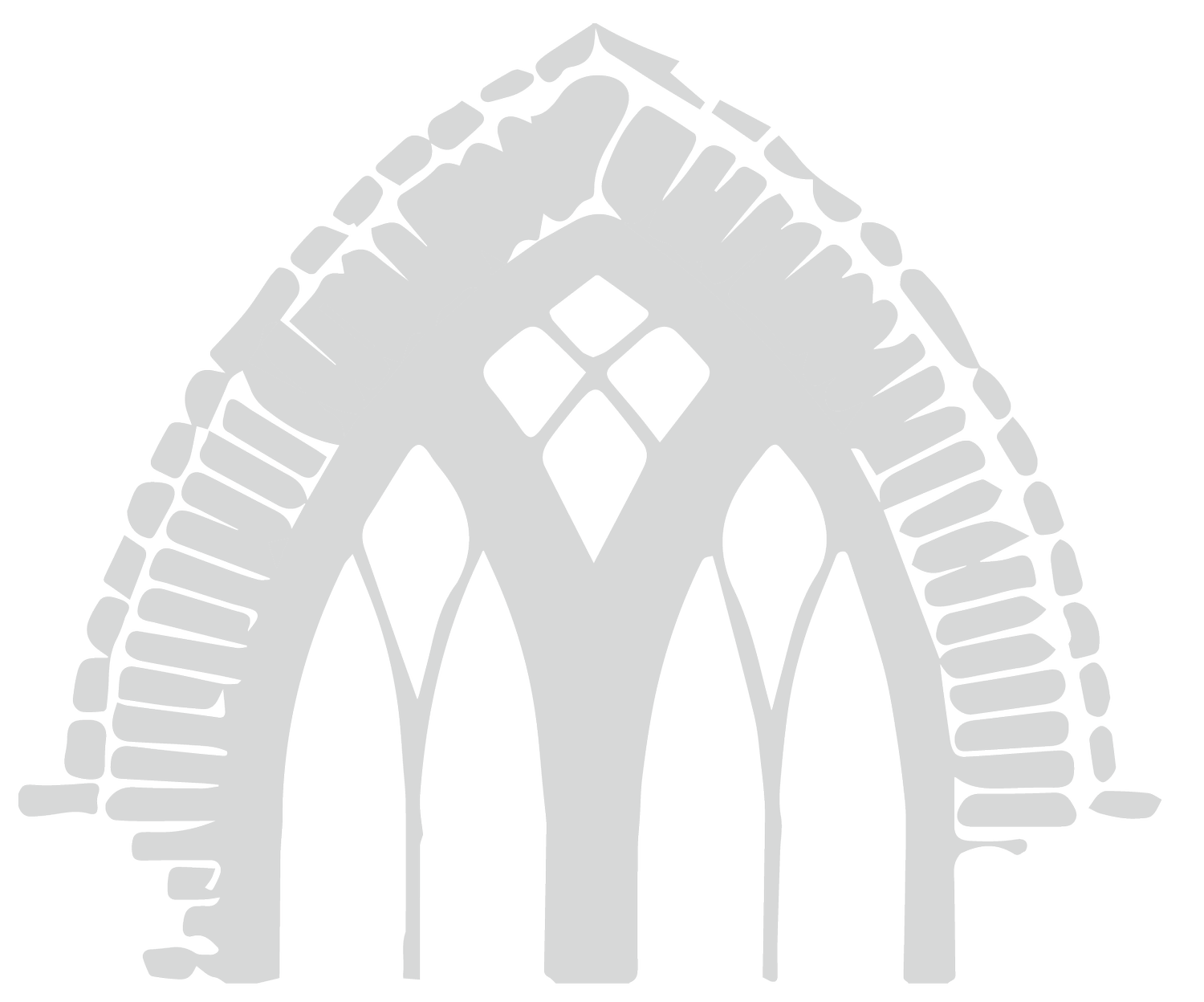Lectures
Full Course | 25 hours
1. Mapping Theological Anthropology
1.1 Orientation to Theological Anthropology
1.2 Key Voices and Questions; The Modern Situation: The Self
1.3 The Modern Situation: Equality, Essentialism
1.4 Levitical Humanity and Sexuate Installation
2. Introducing Homo Liturgicus
2.1 Homo Liturgicus and “Skinned” Anthropology
2.2 Eden as Levitical Sanctuary
2.3 The Levitical Woman
2.4 “Skinned” Anthropology
2.5 Bone and Flesh: The Life of Job
3. The Liturgical Dynamism of Man and Woman
3.1 Glory and the Second Human
3.2 Eve the Legalist? and Israel’s Triumverate
3.3 Because Adam Was Formed First, Then Eve
3.4 The Proverbs 31 Woman; Lydia in Acts 16
3.5 Lydia and Her Husband; The King’s Glory in Song of Songs
4. The Song and the Apostle
4.1 The Song, the Liturgical Woman, and Sexuate Installation
4.2 Thematic Observations (cont.)
4.3 “No Male and Female” in Galatians 3:28
4.4 “No Male and Female” (cont.)
4.5 “No Male and Female” (conclusion)
5. Imago Dei and Relationality: God, Motherliness, and Friendship
5.1 God, Gender, and Imaging: The Challenge
5.2 Israel and Zion, Male and Female, Land and City
5.3 Isaiah and Motherliness
5.4 Paul in Galatians: Motherly Authority and Travail
5.5 Friendship as Concordia in the Form of Christ
6. Image of God and “Sexuate” Asymmetry
6.1 A Biblical Survey
6.2 Structural and Functional Image Paradigms
6.3 Relational Image Paradigm; Paul and Stoicism
6.4 Hair, Nature, Glory, and Sexual Difference
6.5 Glory and Sexuate Asymmetry in 1 Corinthians 11:3, 7-9
7. Mind and Body
7.1 Areas of General Consensus
7.2 Substance Dualism
7.3 Physicalism
7.4 The “I” in “I Believe”: Augustine Meets Schleiermacher in Bavinck
7.5 Moving Forward
8. Embodiment
8.1 The Bodies and the Body
8.2 Movement, Institution, and Habitus
8.3 The Liturgical Body
8.4 2 Corinthians 5 and the Intermediate State (2 parts)
9. Resurrection of the Body
9.1 1 Corinthians 15 and the Body: The Issues
9.2 The Structure of 1 Corinthians 15
9.3 Resurrection and the Change
10. Personhood and Dementia
10.1 John Swinton on Dementia
10.2 Personhood and Capacities
10.3 We Are Who We Are as God Relates to Us
10.4 The Church’s Vocation, and What It Is Not
10.5 Final Thoughts
11. Emotion
11.1 Primacy of the Intellect? Narrative and Healing
11.2 Revolutions and the Structural Grammar of Emotions and Virtue
11.3 The Anchoring Reality and “Local” Circumstance
11.4 Humility, Gratitude, and Liturgical Response
12. Body, Desire, Reciprocation, Children
12.1 Coakley, Butler, and Performativity
12.2 Gregory of Nyssa and the Transformations of Gender
12.3 Relationality, Reciprocity, and Human Development
12.4 The Child in the New Testament
13. Providence, Human Agency, and Biblical Meaning
13.1 Theological Anthropology and Biblical Hermeneutics
13.2 Providence vs. the Communion of Consciousness
13.3 Providence, Prophetic Prediction, and Human Agency


